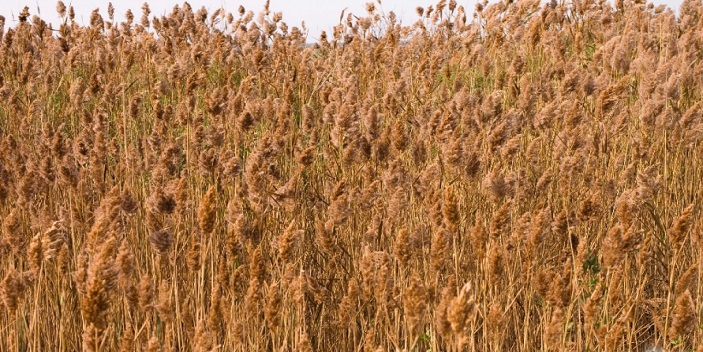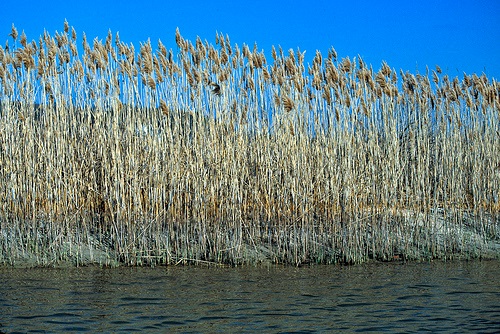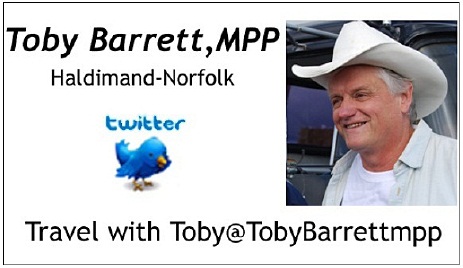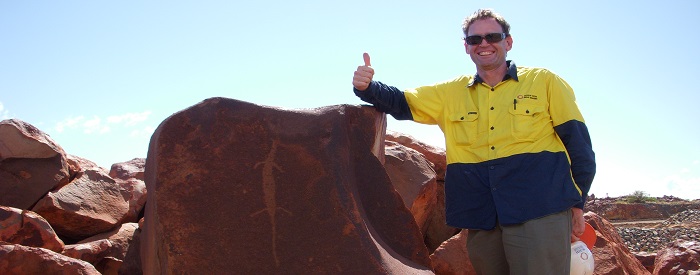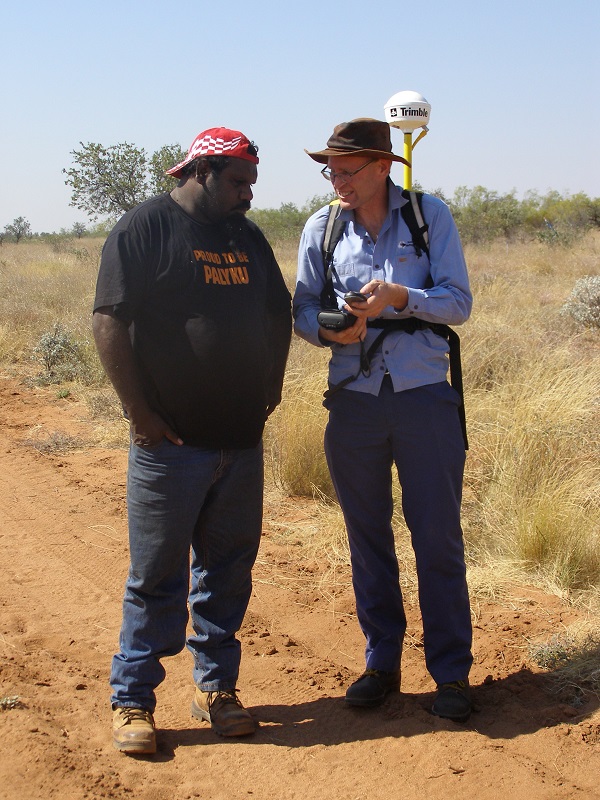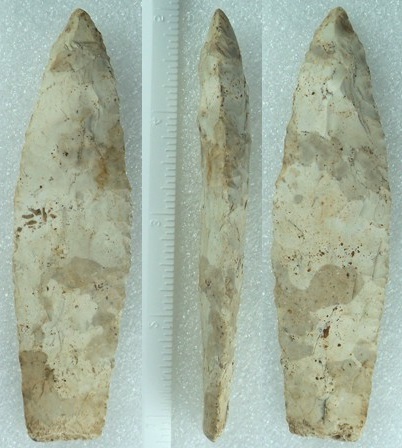Coyotes are a canine species similar to wolves, found only in North and South America and like other wild animals, sometimes come into conflict with humans.
Since migrating to the province of Ontario from the western side of Canada more than 100 years ago, coyotes have adapted well to urban environments and can now be found in both rural and urban settings. Coyotes are most abundant in southern agricultural Ontario and urban areas and there are ways to prevent and manage conflicts.
Factors That Influence Possibility Of Sightings
Changes in land use, agricultural practices, weather, supplemental feeding and natural food shortages may contribute to more coyote sightings in your community.
Homeowners and renters in areas of potential encounters should take these steps to make sure coyotes aren’t attracted to their homes and to keep their pets safe.
To reduce the potential for coyote encounters, the Ministry of Natural Resources has the following tips for the public.
Do not approach or feed coyotes
- Coyotes are usually wary of humans and avoid people whenever possible. However, they are wild animals and should not be approached.
- People should NOT feed coyotes — either intentionally or unintentionally. It makes them less fearful of humans and makes them accustomed to food provided by humans.
- Aggressive behavior towards people is unusual for coyotes, but people should always exercise caution around wildlife. Secure garbage, compost and other attractants
- Do not provide food to coyotes and other wildlife. Properly store and maintain garbage containers to help prevent coyotes from becoming a problem.
- In the fall, pick ripe fruit from fruit trees, remove fallen fruit from the ground and keep bird feeders from overflowing as coyotes eat fruit, nuts and seeds.
- In the summer, protect vegetable gardens with heavy-duty garden fences or place vegetable plants in a greenhouse. Check with your local nursery to see what deterrent products are available.
- Place trash bins inside an enclosed structure to discourage the presence of small rodents, which are an important food source for coyotes.
- Put garbage at curb-side the morning of the scheduled pickup, rather than the night before.
- Use enclosed composting bins rather than exposed piles. Coyotes are attracted to dog and cat waste as well as products containing meat, milk and eggs.
- Consider eliminating artificial water sources such as koi ponds.
- Keep pet food indoors. Use deterrents and fences to keep coyotes away from your home and gardens
- Use motion-sensitive lighting and/or motion-activated sprinkler systems to make your property less attractive to coyotes and other nocturnal wildlife.
- Fence your property or yard. It is recommended the fence be at least six-feet tall with the bottom extending at least six inches below the ground and/or a foot outward, so coyotes cannot dig under the fence. A roller system can be attached to the top of the fence, preventing animals from gaining the foothold they need to pull themselves up and over the top of a fence.
- Electric fencing can also help deter coyotes from properties or gardens in some circumstances.
- Clear away bushes and dense weeds near your home where coyotes may find cover and small animals to feed upon.
- Close off crawl spaces under porches, decks, and sheds. Coyotes use these areas for denning and raising young.
Keep pets safe
- Cats and small dogs may be seen as prey by coyotes, while larger dogs may be injured in a confrontation. To avoid these situations consider the following suggestions:
- Install proper fencing.
- As coyotes are primarily nocturnal, pets should be kept inside at night.
- Keep all pets on leashes or confined to a yard.
- Keep cats indoors and do not allow pets to roam from home.
- Spay or neuter your dogs. Coyotes are attracted to, and can mate with, domestic dogs that have not been spayed or neutered.
If You Encounter A Coyote
- Do not turn your back on or run. Back away while remaining calm.
- Use whistles and personal alarm devices to frighten an approaching or threatening animal.
- If a coyote poses an immediate threat or danger to public safety, call 911.
- Never attempt to tame a coyote. Reduce risk of predation on livestock
- Barns or sheds can provide effective protection from the threat of coyotes preying on livestock.
- Guard animals, such as donkeys, llamas and dogs, can be a cost-effective way to protect livestock from coyotes. Guard animals will develop a bond with livestock if they are slowly integrated and will aggressively repel predators.
- For more information on preventing livestock predation and claiming compensation from the government, please visit the Ministry of Agriculture and Food website.
Managing Problem Wildlife
- Landowners are responsible for managing problem wildlife, including coyotes, on their own property.
- The Ministry of Natural Resources helps landowners and municipalities deal with problem wildlife by providing fact sheets, appropriate agency referrals, and information on steps they can take to address problems with wildlife.
- The Fish and Wildlife Conservation Act sets out the legal actions property owners can take to deal with problem wildlife. Generally, landowners or their agents may harass, capture or kill problem wildlife to prevent damage to their property.


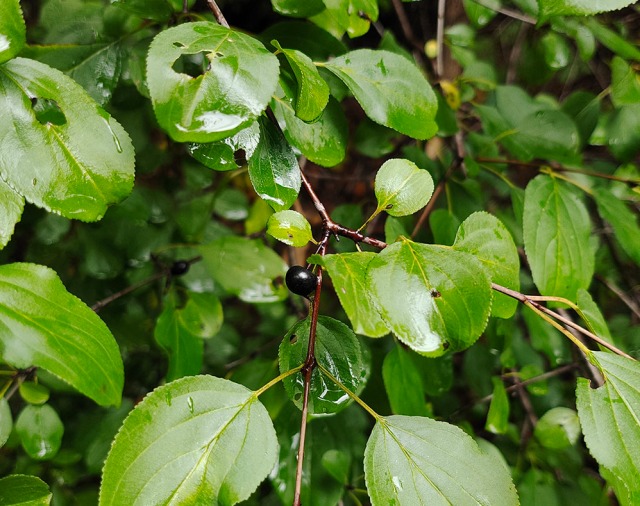
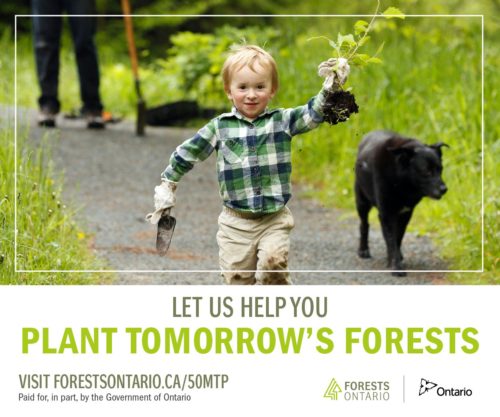

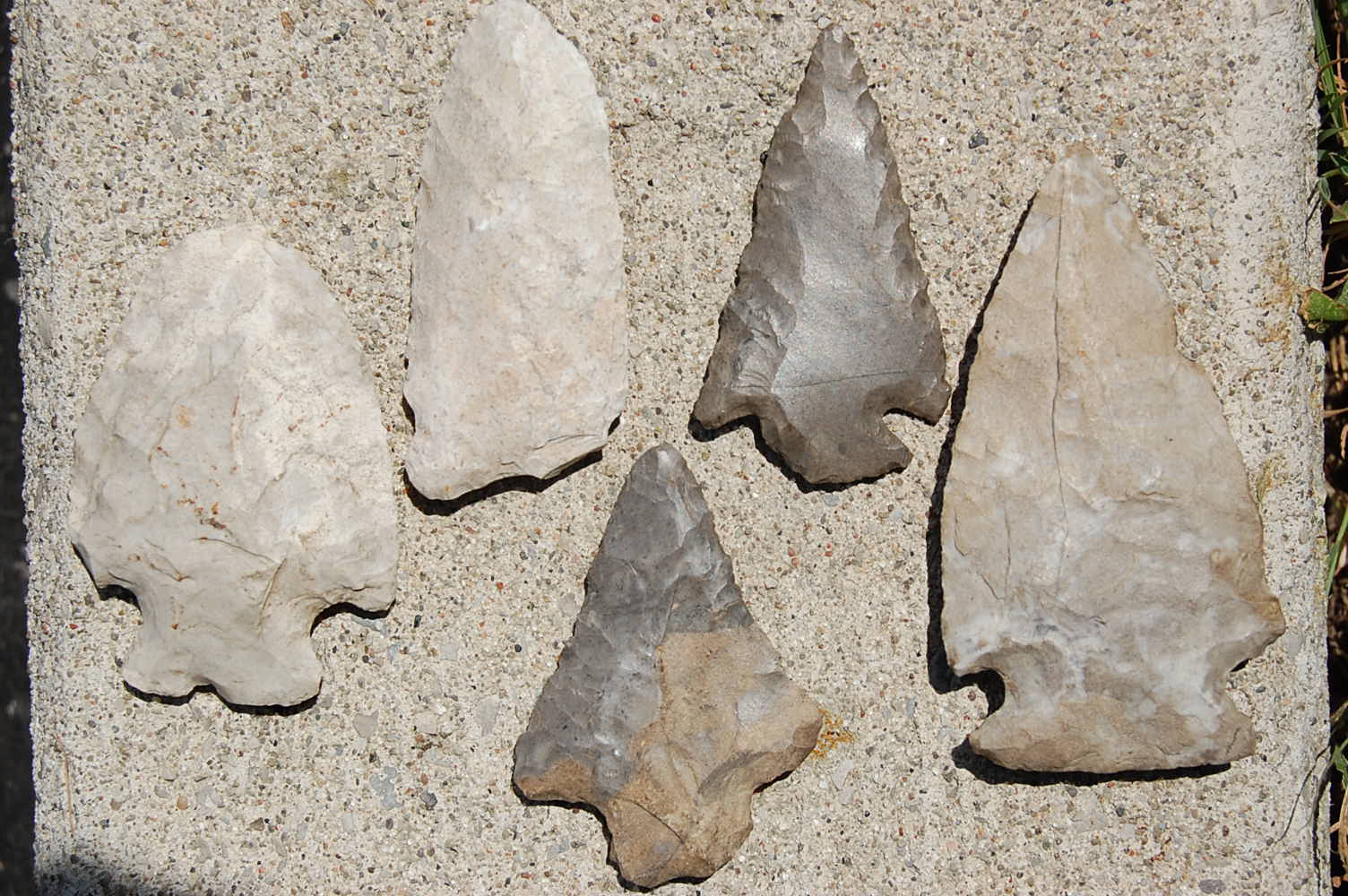
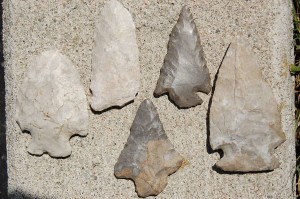
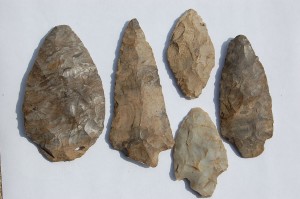
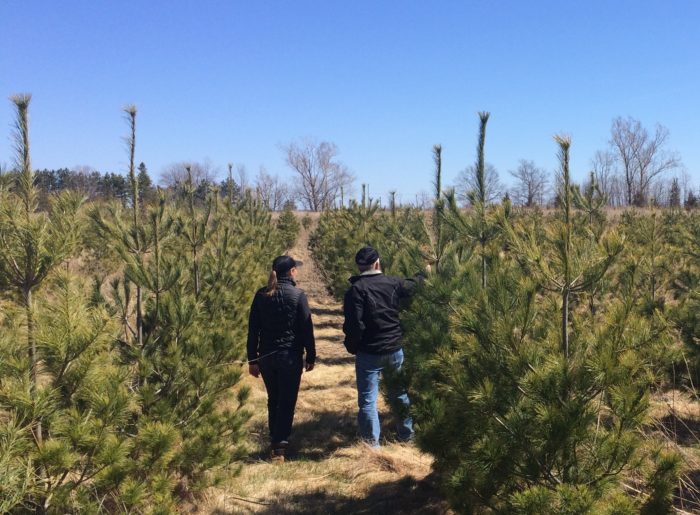
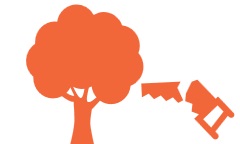 Spring is for new ideas. Do you have idle land or extra acreage that could be enhanced? Planting trees is an excellent way to add value to your property and has never been easier. If you have 2.5 acres or more of open land, you may be eligible for the 50 Million Tree Program, and the trees are planted for you!
Spring is for new ideas. Do you have idle land or extra acreage that could be enhanced? Planting trees is an excellent way to add value to your property and has never been easier. If you have 2.5 acres or more of open land, you may be eligible for the 50 Million Tree Program, and the trees are planted for you!
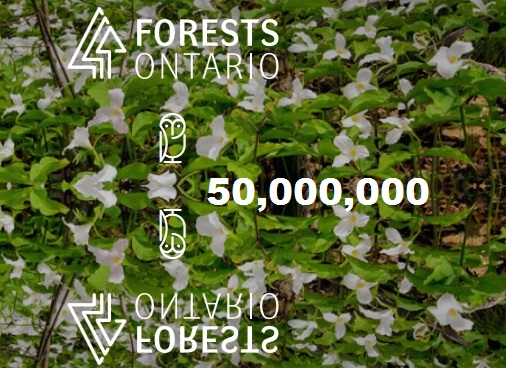 About Forests Ontario
About Forests Ontario